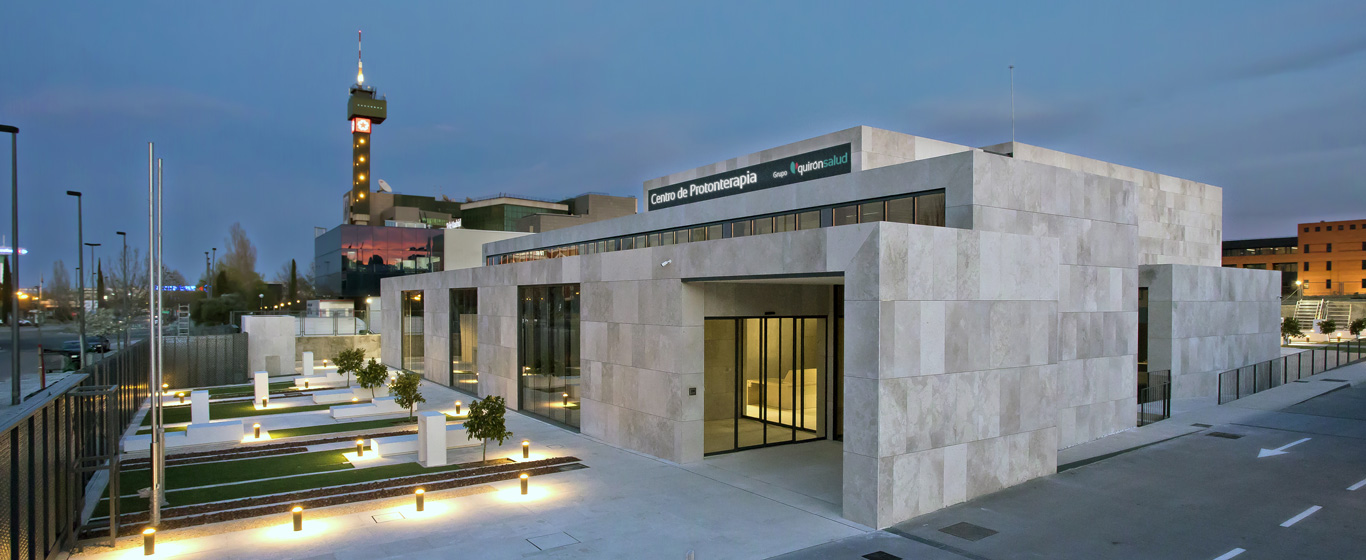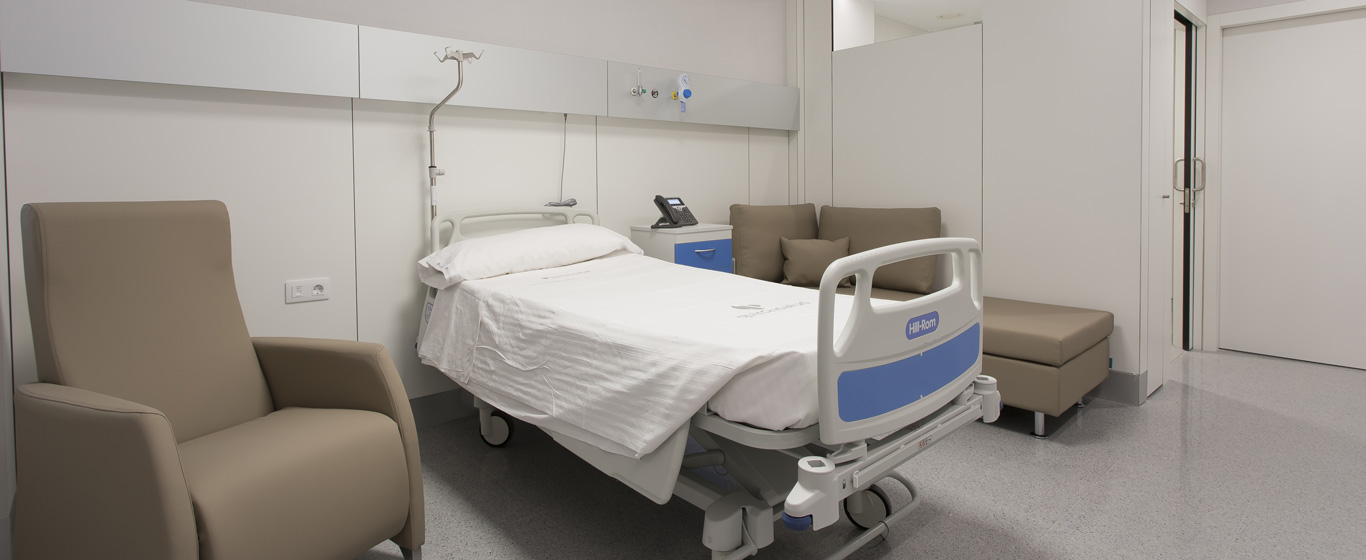Lymphoscintigraphy
Lymphoscintigraphy is an imaging diagnostic test that is very useful for assessing the functioning of the lymphatic system, as well as detecting alterations in its morphology. A minimal amount of radiation is used in this process, which does not pose a health risk to the patient.

General Description
Lymphoscintigraphy is a diagnostic test in nuclear medicine used to evaluate the status of the lymphatic system, which is responsible for protecting the body from diseases.
This procedure allows for the detection of functional or morphological alterations in the lymphatic drainage of organs. To obtain the images, a small amount of radioactive isotopes (radiotracer) is injected, which emits gamma rays after the tissues absorb it. In lymphatic tests, technetium-99m-labeled nanocolloids are commonly used. Cells with higher activity, typically cancerous or damaged cells, are more likely to absorb the drug, so the areas of hypercaptation appear darker in the images and are easily detectable.
Oncology and vascular surgery are two specialties where lymphoscintigraphy is most useful.
When is it indicated?
Lymphoscintigraphy is primarily used to:
- Detect blockages in the lymphatic system (lymphedema).
- Identify the sentinel lymph node, which is the first node to which cancer cells spread with the intention of disseminating throughout the body via the lymph. In fact, lymphoscintigraphy is considered one of the most reliable tests to determine if breast cancer has spread to the axillary lymph nodes without the need to remove them.
- Evaluate the stage of certain cancers to plan for a biopsy or surgical intervention.
How is it performed?
To begin, the radiopharmaceutical is injected into one of the veins in the arm, and a few minutes are waited until the substance reaches the lymph nodes and is absorbed evenly.
Next, the patient is placed on a stretcher where they remain lying down and as still as possible while the tubular device (gamma camera) takes images by rotating around them. A computer then processes these images, allowing for the visualization of molecular activity.
Risks
Lymphoscintigraphy does not produce side effects nor does it pose a risk to the patient’s health. It is very rare to develop an allergy to the radiotracer; when it does occur, it usually manifests as mild itching and hives at the injection site on the arm.
The small amount of radioactivity used is harmless to adults, but it can be harmful to fetal development, so this test is not performed on pregnant women. It is advised to suspend breastfeeding for 48 hours following the procedure and avoid close contact with both pregnant women and children.
What to expect from a lymphoscintigraphy
Lymphatic system scintigraphy is an outpatient, non-invasive procedure, after which the patient can resume normal activities without needing to rest.
On the day of the test, informed consent is signed before starting. The injection of the radiotracer may be uncomfortable, but the procedure is not painful. Occasionally, patients may feel a sensation of warmth or cold as the drug circulates through the bloodstream.
While the images are being taken, the patient must remain completely still for about three hours, which may be uncomfortable. Results are provided during a consultation several days later.
Specialties that request lymphoscintigraphy
Lymphoscintigraphy is performed in nuclear medicine at the request of specialties such as oncology, vascular surgery, gynecology, or neurology.
How to prepare
Generally, no specific preparation is needed for lymphoscintigraphy. Before the procedure, the specialist must be informed about the medication the patient is taking so that they can decide if it needs to be temporarily suspended.
On the day of the appointment, it is advisable to wear comfortable clothing and avoid jewelry or metal objects. After the procedure, drinking plenty of fluids helps to expel the radioactive substance more quickly.
































































































